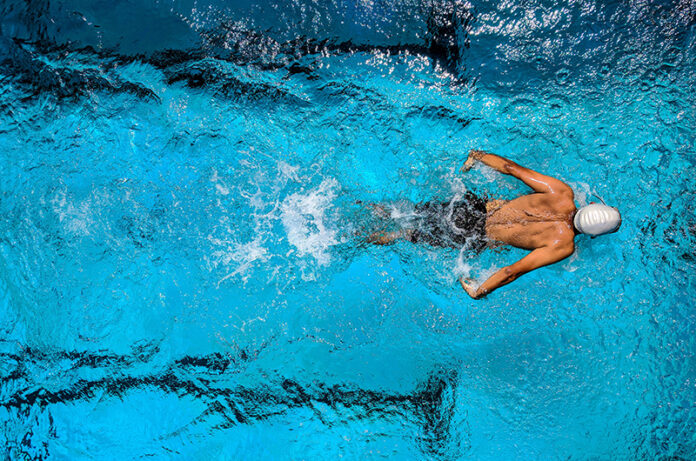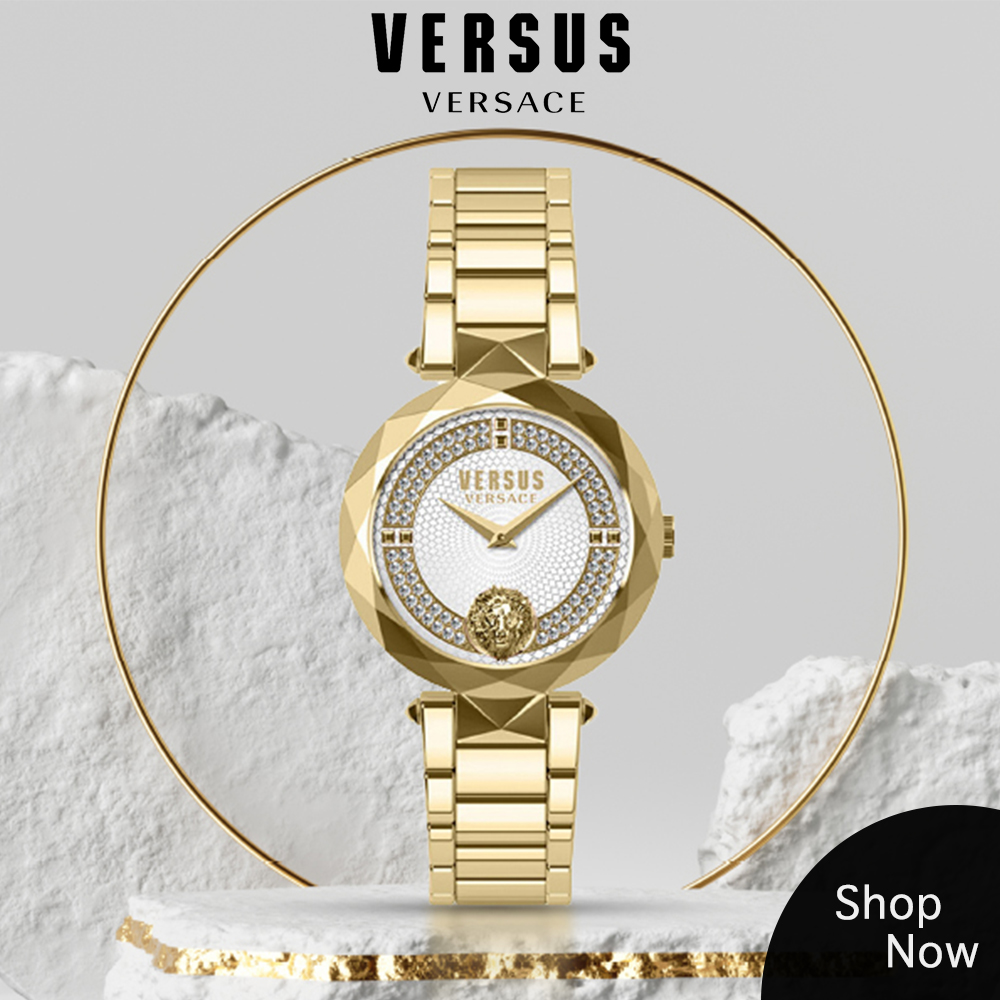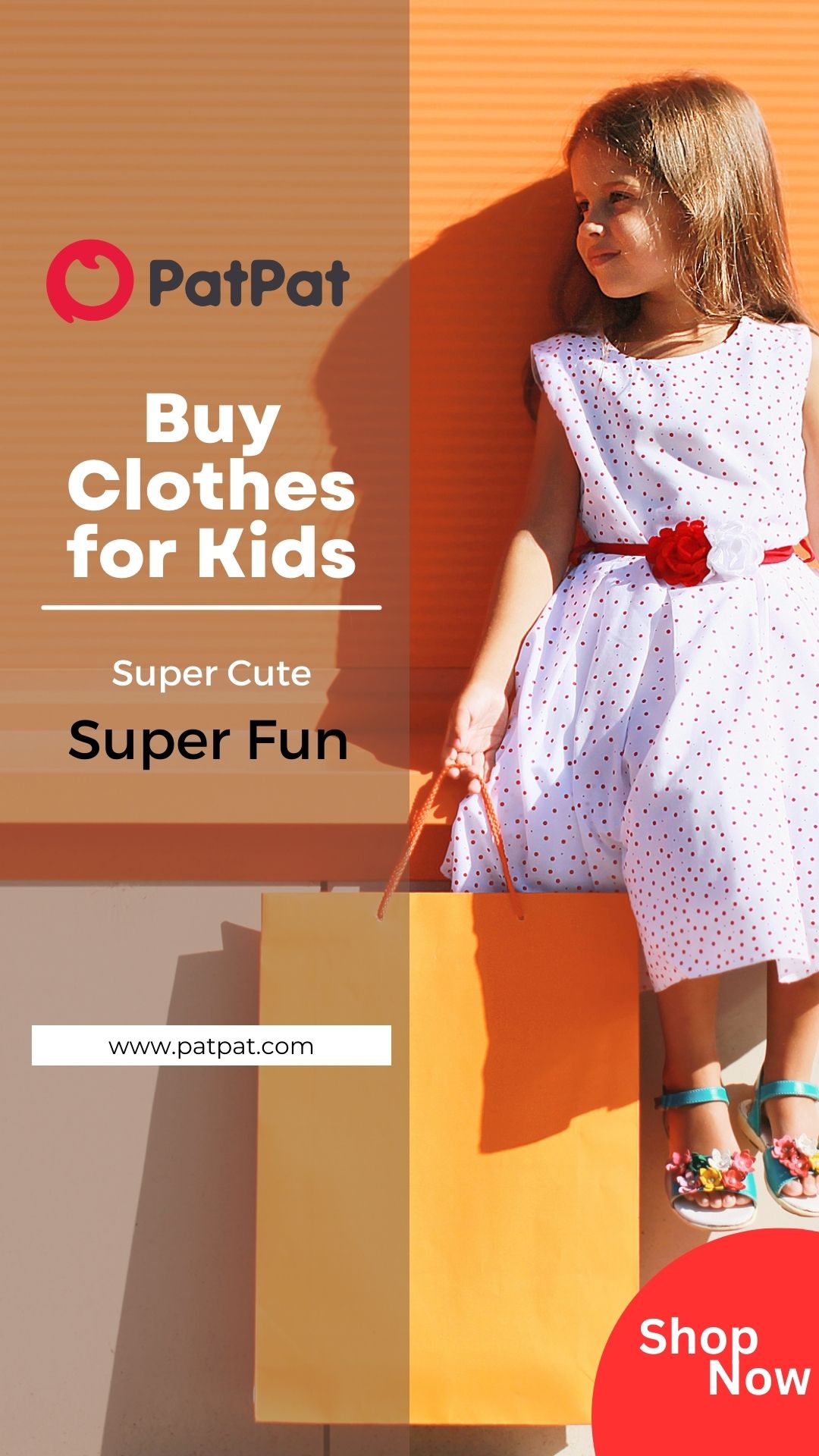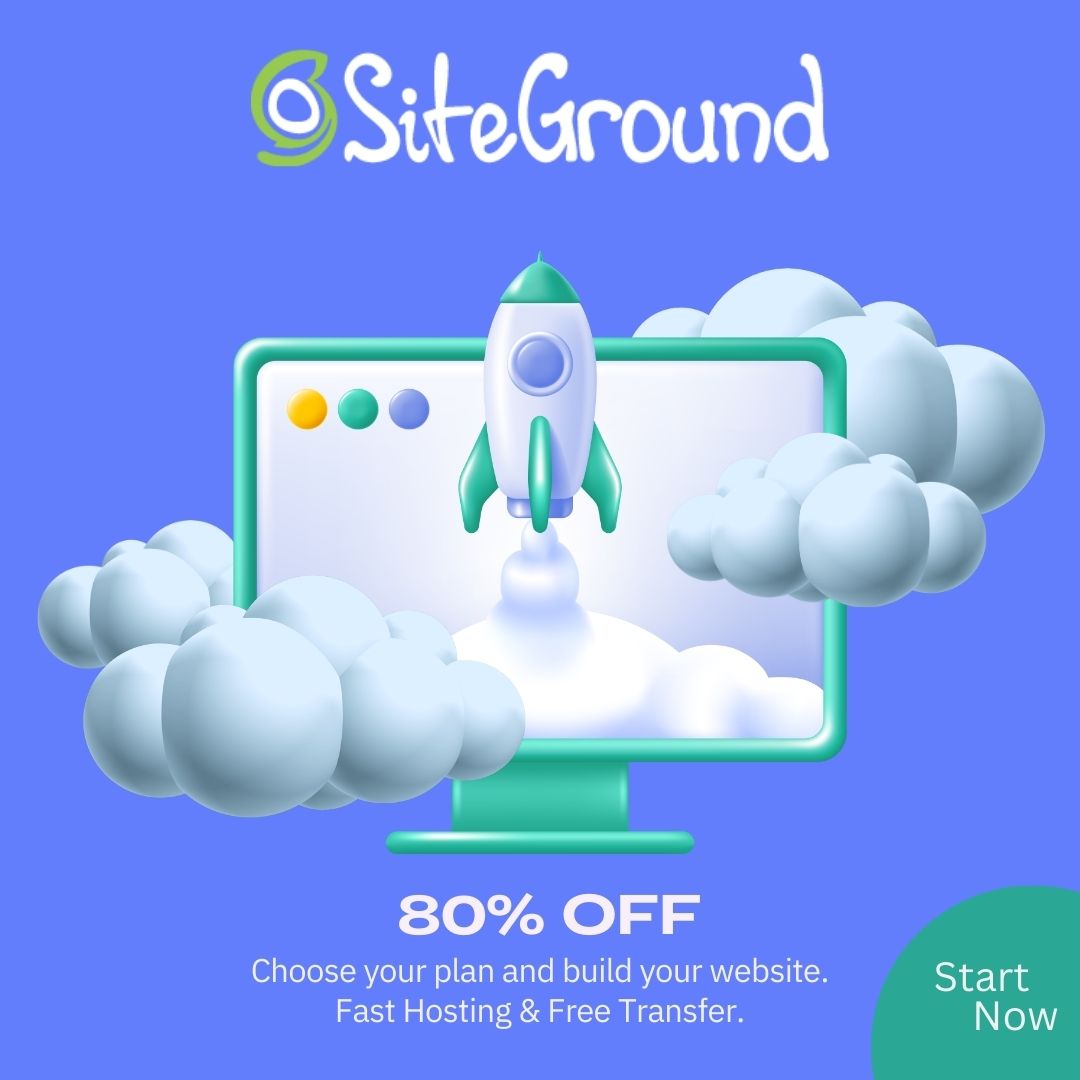Young children have the potential to profit greatly from beginning their lives with participation in sports at a young age. They can enjoy a wide variety of health advantages, including those to their bodies, minds, and emotions, when they maintain an active lifestyle and engage in social activities with other young athletes from an early age.
However, despite the fact that many parents are aware of the benefits associated with participation in youth sports, they frequently ponder the question of how they can help their children get the most out of the activities that they participate in, particularly in light of the fact that the landscape is becoming increasingly competitive.
This raises the question of whether or not young athletes should concentrate on becoming specialists in a single sport, or whether or not they would gain more by participating in a variety of sports.
Well, question no more! Let’s find out!
One-Sport Specialisation
Specialization in a single sport It refers to the practice of young athletes concentrating their efforts on a single sport in order to hone their physical abilities and become specialists in that activity.
The majority of parents and coaches that encourage their children to specialize in a particular sport will start their children at an early age, typically between the ages of 6 and 8.
Because gaining genuine ability and expertise takes a significant amount of time to cultivate, the earlier you get athletes started on the route that leads to these outcomes, the greater the likelihood that they will be able to master their sport and become successful.
Because gaining genuine ability and expertise takes a significant amount of time to cultivate, the earlier you get athletes started on the route that leads to these outcomes, the greater the likelihood that they will be able to master their sport and become successful.
Take, for example, Tiger Woods, Venus and Serena Williams, and other players who started out relatively young but have now gone on to become revered and world-class competitors in their respective sports.
It is not hard to understand why so many individuals have been motivated to use the same strategy for the development of the athletes in their own families.
To do this successfully, however, you need to take into account a number of crucial criteria…
Best Practices For One-Sport Specialisation
If you want your child to become a prodigy in a certain sport, the only thing they need to do is focus all of their energy and attention on practicing that sport, right?
In an academic sense, absolutely.
But despite the fact that that reasoning is correct, the findings of the research contradict it.
When young athletes start imitating a specific set of movement patterns at such a young age, their range of motion is restricted to the precise skill sets and capabilities that they have developed. Since this has the potential to create pain or damage as a result of overtraining or overuse, it is vital to diversify one’s training, even within the context of a sport that has become increasingly specialized.
Remember that increasing the breadth of their instruction does not detract from the depth of their expertise! It is an external supplement that ensures your athletes have adequate strength and movement control to sustain optimal performance in the sport that they choose to participate in.
A more well-rounded movement foundation can be achieved by the athlete through the use of fundamental cross-training options such as yoga, pilates, or weight training. Not only will this help them build their muscles and improve their coordination, but these alternative training methods can also assist them in addressing any potential movement deficits that they could have that would not have been discovered otherwise.

Young athletes are able to acquire a greater number of neuromotor pathways through the participation in a wider variety of sports and motions if they have more neuromuscular diversity and experience. The more varied their motor expertise is, the better their capacity to react to changing situations and to organize their motions during highly dynamic activity will be.
In addition to this, it is also helpful to facilitate honest dialogues regarding how their body is responding to the sport they are participating in. When it comes to young athletes and those on the verge of entering their adolescent years, you should try to get them to open up about their feelings and how they generally feel about their training. In addition, if you see that they are having difficulties sleeping or that they are lacking energy, check in with them to determine whether their training could be a contributing role in these issues.
When your athletes are of an appropriate age, you can instruct them to begin recording this information in a journal. Start by recording what their training plans look like along with their moods and motivation, and over time, think about adding variables such as sleep patterns and energy levels.
Particularly, if there is a noticeable drop in mood or motivation, it may be that the athlete is experiencing stagnation in their training; your program may need more variety, whether that be different kinds of supplemental training or simply some more challenge to their current routine. In particular, if there is a noticeable drop in mood or motivation, it may be that the athlete is experiencing stagnation in their training.
Considerations For Young Athletes
Having said all of this, one thing that should be kept in mind is that, despite the fact that there are advantages for young athletes to develop a highly specific and specialized skill, this strategy is not necessarily going to be the most effective one for everyone.
The question of whether or not your youngster actually appreciates specializing in one sport is one of the most important considerations that may, on occasion, get lost in the weeds.
This is not to imply that coaches or parents are not listening to their child; rather, it is more accurate to state that there can be a lot of pressure put on the athlete to always do well or always surpass their peers in order to be the very best in their sport. And without recognizing it, this might have a subtle but significant impact on the degree to which individuals take pleasure in the work that they accomplish.
t is essential to encourage young athletes to share their thoughts in order to guarantee that they are having a positive experience with the sport that they participate in. Encourage them to talk freely about their aspirations and the aspects of their sport that they appreciate or do not enjoy, and act as a moderator for these dialogues.
A greater level of awareness and trust can be built into the training and the relationship between the adults and the athletes over the course of time if the adults spend more time listening to their athletes. When thinking about the psychological implications of specialization in a sport, this becomes an extremely crucial point. Many parents make the assumption or speak for their young athletes when they state that they adore their sport, which is generally true up to a particular age or point in their development as athletes.
Because of their increased specialization, a considerable number of young athletes experience burnout by the time they are seniors in high school, according to a large body of data. They’ve been so dedicated to the endeavor for such a long time that now they either don’t want to devote any time to it while they’re in college or they want to give up the endeavor altogether due to tiredness.

Many parents worry that their child will fall behind their peers or that they’ll start too late and “miss out” on the chance to be truly great at something they love doing if they don’t start early enough. On a psychological level, it is understandable why many young athletes are pushed so hard at such an early age. Which, if taken literally, is correct… nonetheless, does not necessarily reflect what is best for the athlete in question.
The emphasis should be placed on providing support for your young athlete! Athletes can successfully and safely specialize on a single sport, but this process must be directed by the athlete’s prior experiences and personal preferences. Give them the freedom to determine the pace of the training and ask them more about what it is that they actually desire. If they say they want to play soccer, you can get them involved in a league to get started.
In the event that they have aspirations of playing soccer at the professional level, you should make it a point to sit down with them and go over the steps involved, as well as the amount of effort that is required. After you have established reasonable expectations for your athlete, you are free to show support for them in their attempts; nevertheless, you should make it a point to check in with them periodically to determine whether or not this is still something they want to pursue.
Also, continue to mix up their training in order to prevent them from being bored with doing the same thing over and over again. Early on, we should be celebrating the diversity of our athletes’ training, regardless of whether their alternative hobbies are intended to offer them with supplementary cross-training or simply to provide them another activity that they can enjoy.
Multi-Sport Practice
This strategy involves the participation of young athletes in more than one activity in order to achieve true diversity of their training and to try out a variety of various activities.
A typical illustration of this is the practice of sportsmen switching between different seasonal sports (e.g., cross country or football in the fall, basketball or soccer in the winter, and baseball or lacrosse in the spring). Alternately, if they don’t want to go by the seasons, they might choose simultaneous sports with alternating timetables (e.g., basketball only on Thursdays and Saturdays, but soccer on every other day).
If, on the other hand, your athlete isn’t playing in numerous sports, this method of training will nevertheless encourage the incorporation of extra activities that can improve their movement control and proprioceptive awareness. [Citation needed] This could take the form of impromptu games played in the park or diverse forms of cross-training; the important thing is that they find it entertaining.
On the other hand, having a broad training program can be a lot of work if it is not addressed in the appropriate way. You can see this from the examples given above. Let’s delve into the specifics of what that “correct approach” entails.
Best Practices for Multi-Sport Practice
When more workouts are added to an athlete’s program, maintaining a healthy time and workload balance is one of THE MOST essential elements to focus on.
If an athlete ends up overbooking themselves or, even worse, overtraining themselves, then the benefits of diversifying their training won’t be nearly as great as they may have been had they not done so.
Developing a schedule that allows for a good mix of sports may seem like a lot of work, and it most certainly does involve a significant amount of planning and management of time. This is why a lot of coaches and parents like to have their young athletes participate in seasonal sports; this way, they have chunks of time during which they are aware of what their young athlete is concentrating on, where to take them, and how long their workouts are.
The most important thing for a young athlete to accomplish, regardless of whether they participate in many activities during the same season or only one activity during a given season, is to record all that they do.

As a part of it, it entails meticulously keeping track of events on your calendar for the sake of punctuality and working around the timetables of other extracurricular activities or school. The other component consists of monitoring the actual training that the participant is doing.
Keeping a constant notebook can be extremely beneficial for young athletes who participate in multi-sport training, just as it is for those who specialize in a single activity. It is critical to maintain a log of one’s sleeping habits, as well as one’s energy levels and motivation, because these factors might serve as warning signs of overtraining.
In addition to this, athletes who compete in many sports are able to monitor their levels of hydration and nutrition, as well as their pregame and postgame warmups and cooldowns. These data points have the potential to provide insight into the athlete’s performance, as well as any areas of worry regarding the potential for injury.
Consideratins For Practicing Multi-Sports
Despite the fact that practicing in multiple sports has many advantages, there is one major reason that frequently convinces coaches or parents to have their athletes compete in just one sport…
“If you want to compete at the highest level of your sport professionally, you need to specialize on that discipline.”
This line of reasoning is not difficult to comprehend. As was mentioned before, many of the most famous athletes in the world, such as Tiger Woods and the Williams sisters, are lauded for their exceptional ability, and this is often attributed to the fact that they began to specialize at an early age.
However! In point of fact, this is a somewhat widespread fallacy; the fact that it was accurate for some athletes does not mean that it is accurate for all athletes. There are a lot of athletes who have honed their skills to the point where they can play professionally, but there are also a lot of sportsmen who have gotten to the professional level by training in multiple sports.
All of these athletes were exceptional professionals after spending the most of their playing careers competing in several sports, and they all played a variety of sports. Therefore, there is a large quantity of empirical evidence that demonstrates the value of participation in multiple sports.
Additionally, there is a personal benefit to exposing young athletes to a variety of activities, which is another reason why it is beneficial to do so. When they are at such a young age, how are athletes supposed to know which sport is truly their favorite if they haven’t participated in any other activities?

Young athletes who choose to focus their training on one sport at the expense of others frequently struggle with feelings of insecurity as they advance in their chosen discipline. In the absence of sufficient training variation, they may start to question if they are putting undue constraints on themselves or begin to speculate about the “what-ifs” of competing in other sports.
On the other hand, young athletes have a higher opportunity of figuring out what aspects of various pursuits they prefer and do not appreciate when they participate in a variety of sports. Because of this, kids are less likely to experience what is known as a “athlete identity crisis” when they are older (for example, when they are trying to decide which college to attend or whether or not they should pursue a career in professional sports).
They will not only improve their physical skill sets, but it can also provide important insight into what they truly enjoy about their training, which will benefit both their mental well-being and the decisions they make in the future. If they practice a variety of sports when they are younger, they will also improve their physical skill sets.
There are many advantages to be gained from either style of training, provided that a thorough strategy is developed to ensure that the athlete is both safe and able to enjoy the experience. However, regardless matter which strategy strikes a chord with you the most, there is one thing that must be prioritized above anything else…








